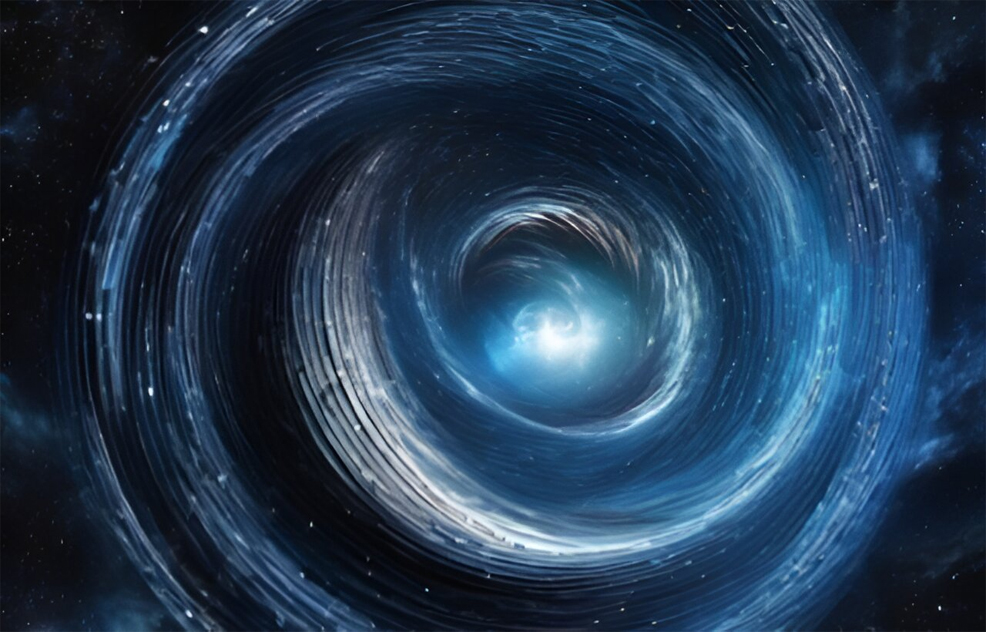
4th August 2024 Warp drive failure simulated by researchers Scientists have published research on the simulation of gravitational waves from a failing warp drive.
Warp drives are a staple of science fiction, and in principle could propel spaceships faster than the speed of light. For decades, physicists have been exploring ways of compressing four-dimensional spacetime and developing theoretical concepts like the Alcubierre drive. In 2021, one team demonstrated the first model of physical warp drives at sub-light speeds. Unfortunately, there are many practical problems with faster-than-light travel, such as the need for an exotic type of matter with negative energy. Other issues with the warp drive metric include the difficulties for those aboard the ship actually controlling and deactivating the bubble. A new study published in the Open Journal of Astrophysics has taken things a step further – simulating the gravitational waves that might occur in the event of a warp drive "containment failure". This new research is the result of a collaboration between specialists in gravitational physics at Queen Mary University of London, the University of Potsdam, the Max Planck Institute (MPI) for Gravitational Physics in Potsdam and Cardiff University. Whilst it doesn't claim to have cracked the warp drive code, it explores the theoretical consequences of a warp drive breaking down, using numerical simulations. "Even though warp drives are purely theoretical, they have a well-defined description in Einstein's theory of General Relativity," explains Dr Katy Clough of the Queen Mary University of London, first author of the study. "And so numerical simulations allow us to explore the impact they might have on spacetime in the form of gravitational waves."
The results are fascinating. They show that a collapsing warp drive generates a distinct burst of gravitational waves, a ripple in spacetime that could be detectable by gravitational wave detectors that normally target black hole and neutron star mergers. Unlike the chirps from merging astrophysical objects, this signal would be a short, high-frequency burst, and so current detectors wouldn't pick it up. However, future higher-frequency instruments might, and although no such instruments have yet been funded, the technology to build them exists. This raises the possibility of using these signals to search for evidence of warp drive technology by other civilisations, even if we can't build one ourselves. The study also delves into the energy dynamics of the collapsing warp drive. The process emits a wave of negative energy matter, followed by alternating positive and negative waves. This complex dance results in a net increase in the overall energy of the system, and in principle could provide another signature of the collapse if the outgoing waves interacted with normal matter. Prof Tim Dietrich from the University of Potsdam comments: "For me, the most important aspect of the study is the novelty of accurately modelling the dynamics of negative energy spacetimes, and the possibility of extending the techniques to physical situations that can help us better understand the evolution and origin of our universe, or the processes at the centre of black holes." Warp speed may be a long way off, but this new work significantly advances our understanding of exotic spacetimes and gravitational waves. The team is now planning to investigate how the signal changes with different warp drive models.
Comments »
If you enjoyed this article, please consider sharing it:
|
||||||







